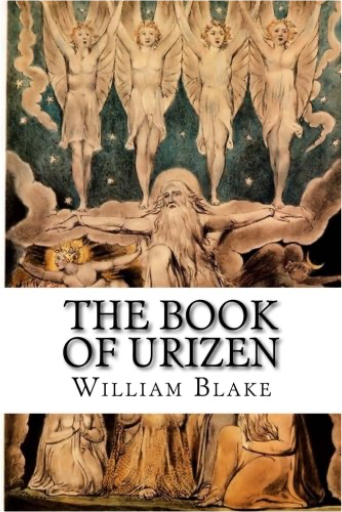 William Blake was an English poet, painter, and printmaker. Largely unrecognised during his lifetime, Blake is now considered a seminal figure in the history of the poetry and visual arts of the Romantic Age. His prophetic poetry has been said to form "what is in proportion to its merits the least read body of poetry in the English language". His visual artistry led one contemporary art critic to proclaim him "far and away the greatest artist Britain has ever produced". While Blake had a significant role to play in the art and poetry of figures such as Rossetti, it was during the Modernist period that this work began to influence a wider set of writers and artists. William Butler Yeats, who edited an edition of Blake's collected works in 1893, drew on him for poetic and philosophical ideas, while British surrealist art in particular drew on Blake's conceptions of non-mimetic, visionary practice in the painting of artists such as Paul Nash and Graham Sutherland. His poetry came into use by a number of British classical composers such as Benjamin Britten and Ralph Vaughan Williams, who set his works. Blake's thoughts on human nature greatly anticipate and parallel the thinking of the psychoanalyst Carl Jung. In Jung's own words: "Blake a tantalizing study, since he compiled a lot of half or undigested knowledge in his fantasies. According to my ideas they are an artistic production rather than an authentic representation of unconscious processes." Similarly, although less popularly, Diana Hume George claimed that Blake can be seen as a precursor to the ideas of Sigmund Freud. 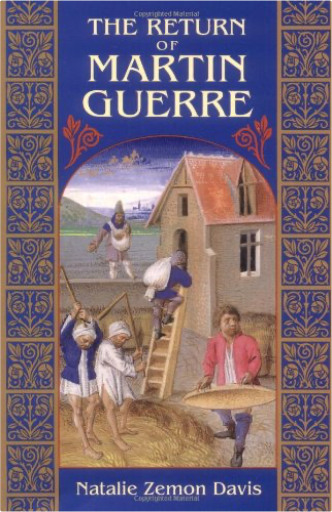 The Inventive Peasant Arnaud du Tilh had almost persuaded the learned judges at the Parlement of Toulouse, when on a summer's day in 1560 a man swaggered into the court on a wooden leg, denounced Arnaud, and reestablished his claim to the identity, property, and wife of Martin Guerre. The astonishing case captured the imagination of the Continent. Told and retold over the centuries, the story of Martin Guerre became a legend, still remembered in the Pyrenean village where the impostor was executed more than 400 years ago. 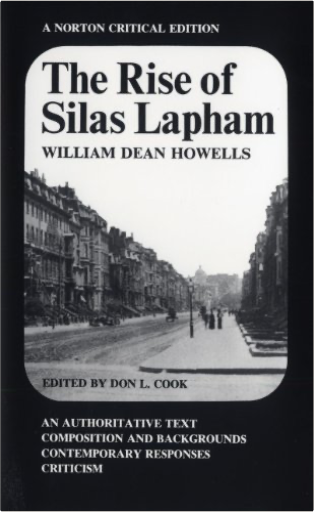 This edition of The Rise of Silas Lapham reprints the text established by Walter J. Meserve and David J. Nordloh for A Selected Edition of W. D. Howells.Extensive historical annotations have been added to the text of this Norton Critical Edition. 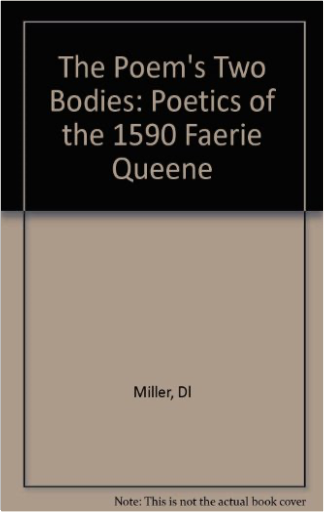 The role of the human body as a poetic and ideological construct in the 1590 Faerie Queene provides the point of departure for David Lee Miller's richly detailed treatment of Spenser's allegory. In this major contribution to the study of Renaissance literature and ideology, Miller finds the poem organized by a fantasy of bodily wholeness that, like the marriage of Arthur and Gloriana, is both anticipated and deferred in the text. 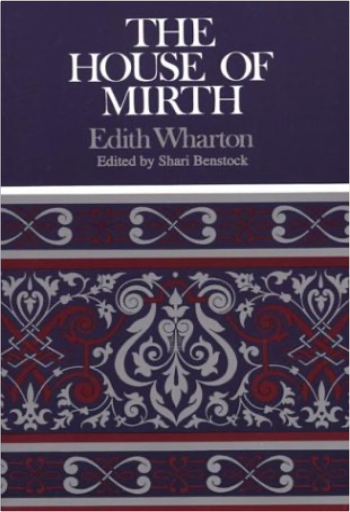 Adopted at more than 1,000 colleges and universities, Bedford/St. Martin's innovative Case Studies in Contemporary Criticism series has introduced more than a quarter of a million students to literary theory and earned enthusiastic praise nationwide. Along with an authoritative text of a major literary work, each volume presents critical essays, selected or prepared especially for students, that approach the work from several contemporary critical perspectives, such as gender criticism and cultural studies. Each essay is accompanied by an introduction (with bibliography) to the history, principles, and practice of its critical perspective. Every volume also surveys the biographical, historical, and critical contexts of the literary work and concludes with a glossary of critical terms. New editions reprint cultural documents that contextualize the literary works and feature essays that show how critical perspectives can be combined. 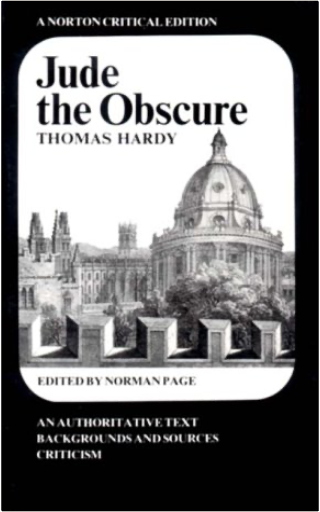 The parallel stories of working-class Jude rejected by the University of Christminster and Sue Bridehead outcast by society for her social and sexual rebellion focus dominant issues of the period. But the technique is far in advance of its time: Hardy presents what he calls 'a series of seemings', alternative and conflicting visions never resolved. This edition is based on a detailed study of textual transmission. It presents a 'clean' text by restoring Hardy's own characteristically light punctuation. The notes include variant readings which show startling changes made in the characterization of Sue during composition and revision. 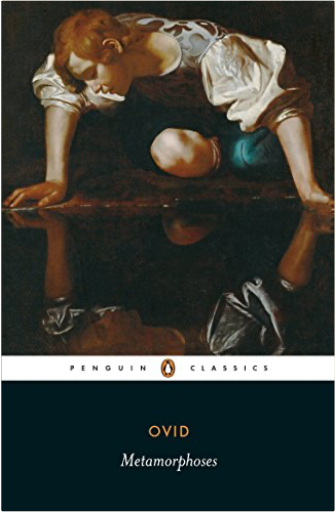 Mary Innes's classic prose translation of one of the supreme masterpieces of Latin literature | 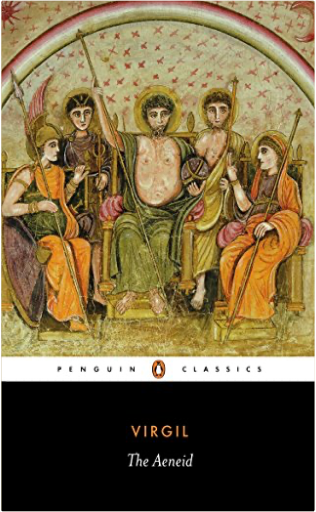 In this fresh prose translation, W. F. Jackson Knight discusses The Aeneid's impact on Western civilization and provides a list of variations from the Oxford text. 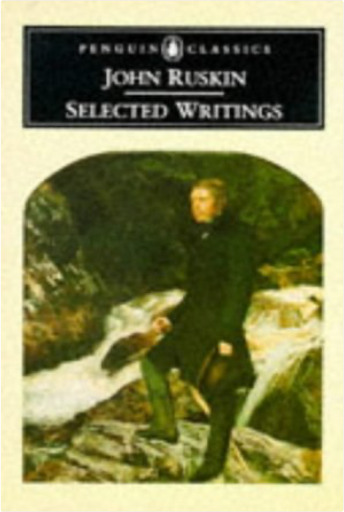 A carefully selected and annotated selection of Ruskin's work. Extracts are grouped together according to subject and each section is introduced separately. This edition was originally published by Penguin as "Ruskin Today". 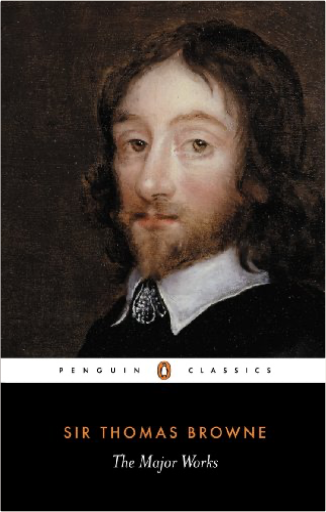 Sir Thomas Browne (1605-82) was a writer of breathtaking range and learning, whose works demonstrate a warm and humorous view of human nature. Religio Medici is a fascinating, witty and intimate exploration of his views on faith and tolerance, while substantial selections from Pseudodoxia Epidemica display Browne's breadth of knowledge and omnivorous curiosity in his account of common errors in a startling array of subjects including sciences, history, literature and philosophy. Hydriotaphia or 'Urn Buriall' is an intriguing meditation on death and the desire for immortality, The Garden of Cyrus considers the mysterious order to be found in nature, and A Letter to a Friend and the aphoristic Christian Morals provide profound spiritual guidance to readers. 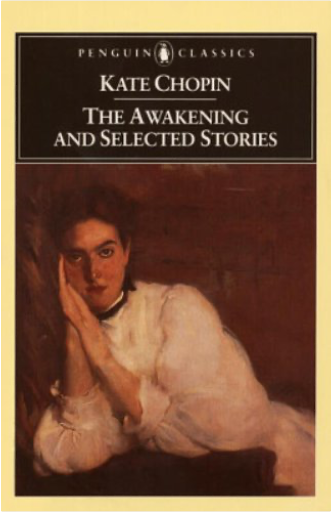 The Awakening shocked turn-of-the-century readers and reviewers with its treatment of sex and suicide. In a departure from literary convention, Kate Chopin failed to condemn her heroine's desire for an affair with the son of a Louisiana resort owner, whom she meets on vacation. The power of sensuality, the delusion of ecstatic love, and the solitude that accompanies the trappings of middle- and upper-class convention are the themes of this now-classic novel. The book was influenced by French writers ranging from Flaubert to Maupassant, and can be seen as a precursor of the impressionistic, mood-driven novels of Virginia Woolf and Djuna Barnes. Variously called "vulgar, " "unhealthily introspective, " and "morbid, " the book was neglected for several decades, not least because it was written by a "regional" woman writer. This edition also includes selected stories from Kate Chopin's Bayou Folk and A Night in Acadie, and an introduction and notes by Nina Baym. 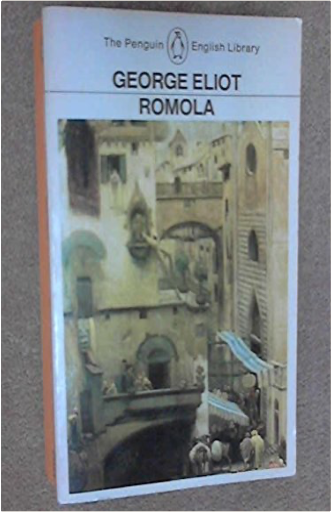 This is a reproduction of a book published before 1923. This book may have occasional imperfections such as missing or blurred pages, poor pictures, errant marks, etc. that were either part of the original artifact, or were introduced by the scanning process. We believe this work is culturally important, and despite the imperfections, have elected to bring it back into print as part of our continuing commitment to the preservation of printed works worldwide. We appreciate your understanding of the imperfections in the preservation process, and hope you enjoy this valuable book. 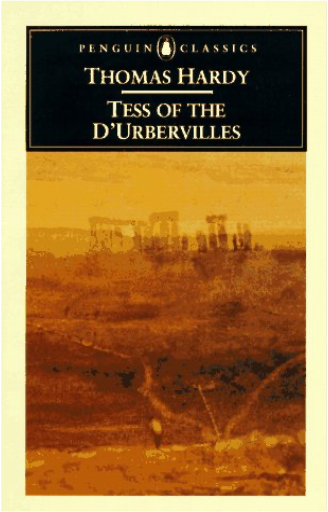 In a novel full of poetry and mysterious settings, Hardy unfolds the story of his beautiful, suffering Tess with unforgettable tenderness and intensity. 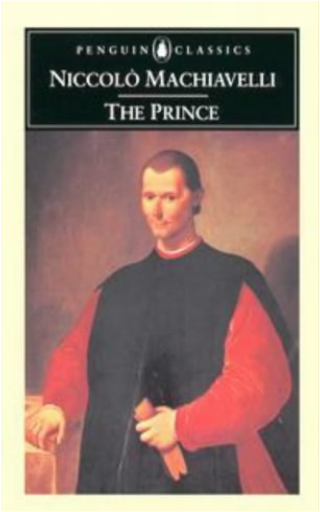 Here is the world's most famous master plan for seizing and holding power. Astonishing in its candor "The Prince" even today remains a disturbingly realistic and prophetic work on what it takes to be a prince . . . a king . . . a president. When, in 1512, Machiavelli was removed from his post in his beloved Florence, he resolved to set down a treatise on leadership that was practical, not idealistic. . . "The Prince" . . .has become essential reading for every student of government, and is the ultimate book on power politics. |

library 101720
Collection Total:
1,127 Items
1,127 Items
Last Updated:
Oct 17, 2020
Oct 17, 2020

 Made with Delicious Library
Made with Delicious Library